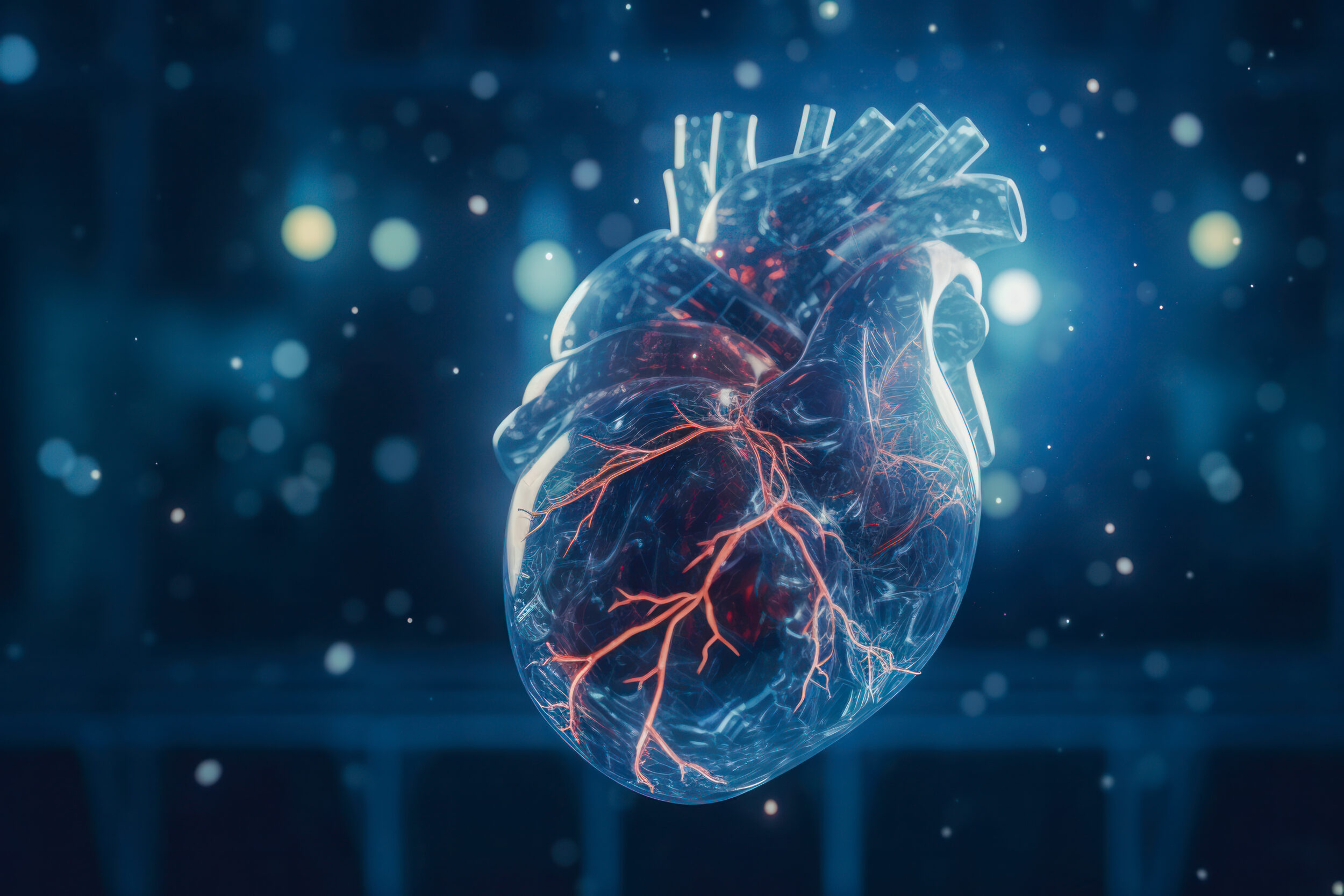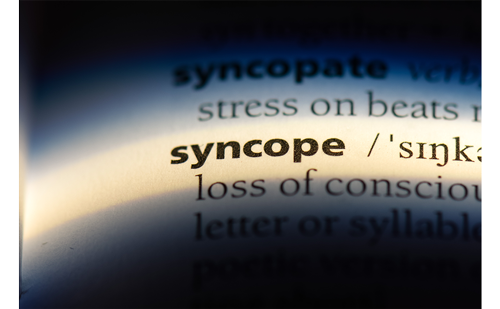Introduction: This review examines the current literature and guidance relating to syncope in the trauma patient, exploring the causes of syncopal falls that may be overlooked, and discussing the optimal evaluation and safe management of syncope patients.
Discussion: Overall, 42% of the population will experience syncope by the age of 70 years, with 36% of syncope-related hospital attendees suffering concomitant physical injury and significant trauma through falls. The priority in the setting of trauma is to differentiate between cardiac and non-cardiac causes of syncope, where the cardiac causes carry the greatest risk of sudden death. There is no complete uniformity between the guidelines produced by the European Society of Cardiology and National Institute for Health and Care Excellence in identifying high-risk features indicative of cardiac syncope requiring specialist assessment in under 24 hours. Adherence to thorough history-taking, examination, orthostatic blood pressure recordings and an electrocardiogram (ECG) can diagnose the cause in up to 50% of syncope cases. Recurrent falls, polypharmacy, and head injury without concomitant hand or forearm injury should increase suspicion of syncope, whilst abnormal ECG findings are 95–98% sensitive in the detection of serious adverse outcomes. Examining the relationship between syncope and advanced trauma life support (TM) principles reveals that appropriate replacement of circulatory volume, application of compression stockings and abdominal binders, and administration of analgesia aid in reducing syncopal events. Spinal immobilisation boards and a vertical head tilt of 10˚ reduces the risk of syncope and watershed strokes. However, consideration on an individual basis should be given to patients with head injury and suspected intracranial hypertension. Target systolic blood pressures of 120–140 mmHg are not always feasible in major trauma. A permissive or ‘damage control’ systolic blood pressure target of 80–90 mmHg in trauma without brain injury and mean arterial pressure of over 80 mmHg in trauma with brain injury could be adopted to reduce further syncopal episodes in the acute setting. Standardised routine syncope blood testing in trauma patients produce low yield results, and diagnostic work-up should be determined on an individual clinical basis.
Conclusion: In the absence of a gold-standard clinical test to identify the cause of a syncopal episode, standardised syncope guidelines should be incorporated into trauma protocols to determine high-risk aetiologies, improving diagnostic accuracy, reducing unnecessary investigations, and developing an effective and safer management plan. ❑







